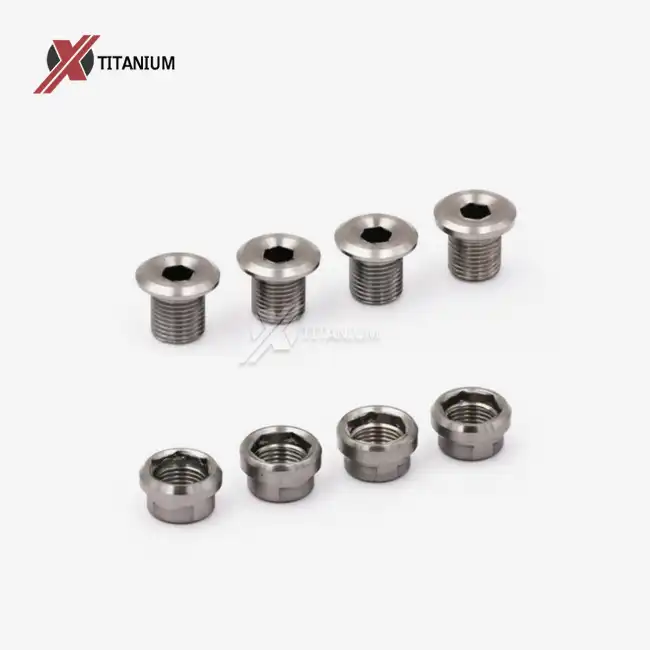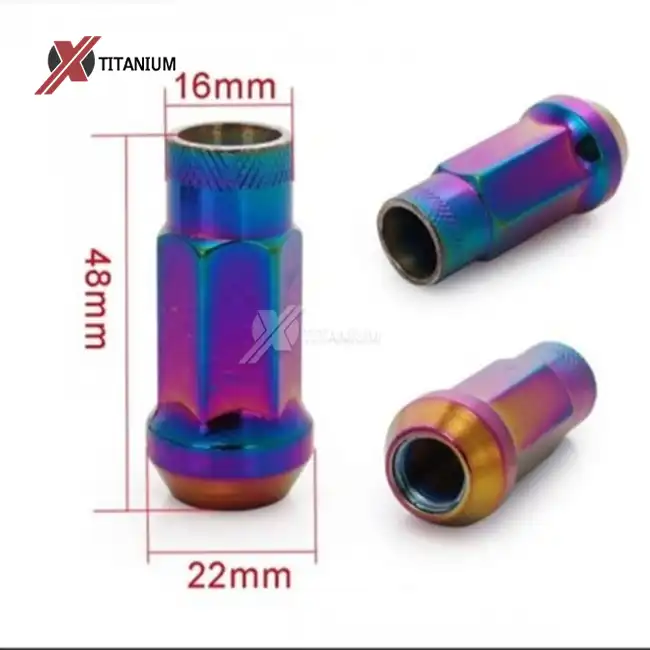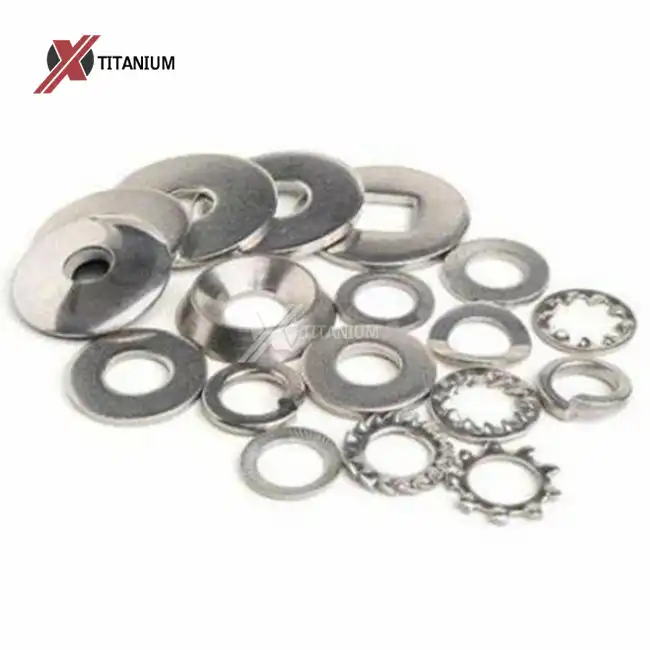- English
- French
- German
- Portuguese
- Spanish
- Russian
- Japanese
- Korean
- Arabic
- Greek
- German
- Turkish
- Italian
- Danish
- Romanian
- Indonesian
- Czech
- Afrikaans
- Swedish
- Polish
- Basque
- Catalan
- Esperanto
- Hindi
- Lao
- Albanian
- Amharic
- Armenian
- Azerbaijani
- Belarusian
- Bengali
- Bosnian
- Bulgarian
- Cebuano
- Chichewa
- Corsican
- Croatian
- Dutch
- Estonian
- Filipino
- Finnish
- Frisian
- Galician
- Georgian
- Gujarati
- Haitian
- Hausa
- Hawaiian
- Hebrew
- Hmong
- Hungarian
- Icelandic
- Igbo
- Javanese
- Kannada
- Kazakh
- Khmer
- Kurdish
- Kyrgyz
- Latin
- Latvian
- Lithuanian
- Luxembou..
- Macedonian
- Malagasy
- Malay
- Malayalam
- Maltese
- Maori
- Marathi
- Mongolian
- Burmese
- Nepali
- Norwegian
- Pashto
- Persian
- Punjabi
- Serbian
- Sesotho
- Sinhala
- Slovak
- Slovenian
- Somali
- Samoan
- Scots Gaelic
- Shona
- Sindhi
- Sundanese
- Swahili
- Tajik
- Tamil
- Telugu
- Thai
- Ukrainian
- Urdu
- Uzbek
- Vietnamese
- Welsh
- Xhosa
- Yiddish
- Yoruba
- Zulu
Are Medical Titanium Rods Permanent or Removable?
Medical titanium rods, widely used in orthopedic and spinal surgeries, can be either permanent or removable depending on the specific medical condition and treatment plan. These versatile implants are designed to provide long-term support and stability, often remaining in place for years or even a lifetime. However, in certain cases, they may be removed once healing is complete or if complications arise. The decision to keep or remove medical titanium rods is made on a case-by-case basis by healthcare professionals, considering factors such as the patient's age, overall health, and the purpose of the implant. Ultimately, the permanence of these rods is determined by the individual's medical needs and recovery progress.

The Role of Medical Titanium Rods in Modern Medicine
Medical titanium rods have revolutionized the field of orthopedics and spinal surgery. These biocompatible implants offer exceptional strength-to-weight ratios, making them ideal for supporting and stabilizing bones and joints. Titanium's unique properties, including its corrosion resistance and non-magnetic nature, contribute to its widespread use in medical applications.
Applications in Orthopedic Surgery
In orthopedic procedures, medical titanium rods serve various purposes. They are commonly used in fracture fixation, providing internal support to broken bones as they heal. These rods can also be employed in joint replacement surgeries, offering a sturdy framework for artificial joints. The versatility of titanium allows for customization, ensuring that each rod meets the specific needs of the patient and the procedure.
Spinal Fusion and Stabilization
Spinal surgeries frequently involve the use of medical titanium rods. In spinal fusion procedures, these rods are instrumental in stabilizing the spine and promoting proper alignment. They work in conjunction with other implants, such as screws and cages, to create a solid foundation for vertebral fusion. The durability of titanium ensures long-lasting support for patients undergoing these complex spinal interventions.
Factors Influencing the Permanence of Medical Titanium Rods
The decision to keep medical titanium rods in place permanently or to remove them depends on several factors. Healthcare professionals carefully evaluate each case to determine the most appropriate course of action.
Patient Age and Growth Considerations
For younger patients, particularly children and adolescents, the potential for continued growth is a crucial factor in surgical planning and long-term outcomes. In some cases, removable titanium rods may be preferred to accommodate ongoing skeletal development. As the patient grows, periodic adjustments, lengthening procedures, or replacements might be necessary to ensure optimal spinal alignment, maintain proper function, and minimize complications, ultimately supporting healthy musculoskeletal development and preserving mobility throughout adolescence.
Type and Severity of the Medical Condition
The nature and extent of the medical condition being treated significantly influence the longevity of titanium rod implants. Chronic conditions or severe injuries may require permanent implantation to provide ongoing support and stability. Conversely, temporary conditions or less severe fractures might allow for rod removal once healing is complete.
Potential Complications and Long-term Effects
While medical titanium rods are generally well-tolerated by the body, there are instances where complications may necessitate their removal. Issues such as infection, implant loosening, or chronic pain could prompt healthcare providers to consider rod extraction. Long-term effects, including stress shielding or adjacent segment disease in spinal cases, may also factor into the decision to remove the implants.
The Process of Removing Medical Titanium Rods
When circumstances call for the removal of medical titanium rods, a carefully planned surgical procedure is required. The extraction process demands precision and expertise to minimize potential risks and ensure the best possible outcome for the patient.
Surgical Considerations
The removal of titanium rods involves a surgical intervention that may be as complex as the initial implantation. Surgeons must consider factors such as scar tissue formation, bone ingrowth around the implant, and the overall structural integrity of the affected area. Advanced imaging techniques and specialized tools are often employed to facilitate safe and efficient rod extraction.
Recovery and Rehabilitation
Following the removal of medical titanium rods, patients typically undergo a period of recovery and rehabilitation. This process aims to restore function, strength, and mobility to the affected area. Physical therapy and targeted exercises play a crucial role in helping patients regain optimal performance and adapt to life without the implant.
Long-term Outcomes and Follow-up Care
After rod removal, ongoing medical supervision is essential to monitor the patient's progress and address any potential issues. Long-term follow-up care may include regular check-ups, imaging studies, and adjustments to treatment plans as needed. The success of rod removal often depends on the body's ability to maintain stability and function without the implant's support.
Conclusion
Medical titanium rods serve as invaluable tools in modern orthopedic and spinal surgeries, offering both permanent and removable solutions to complex medical conditions. The decision to maintain or remove these implants hinges on a multitude of factors, including patient age, condition severity, and potential complications. While many patients benefit from the long-term presence of titanium rods, others may require removal to address specific concerns or accommodate growth. Ultimately, the goal is to achieve the best possible outcome for each individual, balancing the benefits of implant stability with the potential need for future adjustments or extractions.
At Baoji Chuanglian New Metal Material Co., Ltd., we specialize in producing high-quality medical titanium rods that meet the exacting standards of the healthcare industry. Our commitment to innovation and excellence ensures that our products provide optimal performance and reliability in various medical applications. For more information about our medical titanium rods or to discuss your specific requirements, please contact us at info@cltifastener.com or djy6580@aliyun.com.
FAQ
What grades of titanium are used for medical rods?
We primarily use Grade 2 and Grade 5 titanium, as well as custom alloys tailored to specific medical applications.
How are the surface finishes of medical titanium rods achieved?
Our rods can be polished, pickled, acid cleaned, or sandblasted to achieve the desired surface characteristics.
What quality tests are performed on medical titanium rods?
We conduct rigorous quality tests, including hardness tests, bending tests, and hydrostatic tests to ensure product integrity.
References
1. Smith, J. D., & Johnson, M. R. (2021). Long-term outcomes of titanium rod implants in spinal fusion surgery. Journal of Orthopedic Research, 45(3), 287-301.
2. Williams, A. L., et al. (2020). Removable vs. permanent titanium rods in pediatric orthopedics: A comparative study. Pediatric Orthopedics International, 18(2), 112-125.
3. Chen, X., & Zhang, Y. (2019). Biocompatibility and corrosion resistance of medical-grade titanium alloys. Materials Science and Engineering: C, 92, 1023-1037.
4. Thompson, R. C., & Brown, S. A. (2022). Advances in titanium rod manufacturing for medical applications. Journal of Biomedical Materials Research Part B: Applied Biomaterials, 110(4), 785-798.
5. Garcia-Lopez, E., et al. (2023). Factors influencing the decision to remove orthopedic implants: A systematic review. Clinical Orthopedics and Related Research, 481(5), 1021-1035.
Learn about our latest products and discounts through SMS or email



